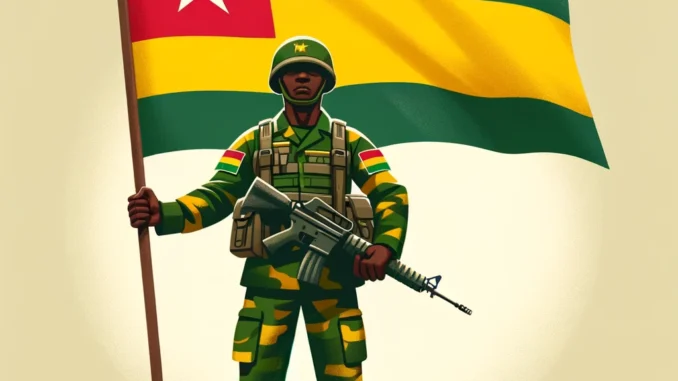prekforalldc.org – Togo’s journey to independence was marked by significant historical events and the influence of key figures who played pivotal roles in the nation’s quest for freedom from colonial rule. This article explores the timeline of Togo’s struggle for independence, highlighting the major events and the impact of notable leaders.
Pre-Colonial and Colonial Era
Togo’s history dates back to the pre-colonial era, with the arrival of Bremen missionaries in 1737, marking the beginning of European influence in the region. The British and French forces seized Togoland in 1914 during World War I, leading to the division of the territory between the two powers.
The Road to Independence
The struggle for independence began in earnest in the post-World War II era. In 1946, Togo was placed under United Nations trusteeship, a period that saw the Ewe people advocating for a unified administration across the region. This period was crucial as it laid the groundwork for the eventual independence movement.
Key Figures
- Sylvanus Olympio – Sylvanus Olympio is a prominent figure in Togo’s history. He was elected as the first president of the Republic of Togo in 1960, following the country’s independence from France. His tenure was marked by efforts to stabilize the new nation and lay the foundations for a democratic government.
- Gnassingbé Eyadéma – Gnassingbé Eyadéma came to power through a military coup in 1967, dissolving political parties and establishing a single-party state. His rule lasted for over three decades, making him one of the longest-serving leaders in African history.
Major Events
- 1958 Parliamentary Elections – These elections were significant as they were held in French Togoland, paving the way for the country’s eventual independence.
- 1960 Independence – On April 27, 1960, Togo declared its independence from France, marking the culmination of years of struggle and negotiations.
- 1963 Coup – Sylvanus Olympio was assassinated in a coup on January 13, 1963, leading to a period of political instability.
Post-Independence Developments
After independence, Togo experienced various political and social changes. The country’s economy and governance were shaped by the policies of successive leaders, including the nationalization of the phosphate industry in 1974.
Conclusion
Togo’s struggle for independence was a complex process influenced by both internal and external factors. The contributions of key figures like Sylvanus Olympio and Gnassingbé Eyadéma were crucial in shaping the nation’s trajectory. Today, Togo continues to navigate the challenges of governance and development, building on the legacy of its independence movement.
This overview highlights the significant events and figures that defined Togo’s path to independence, providing a glimpse into the nation’s rich and tumultuous history.
